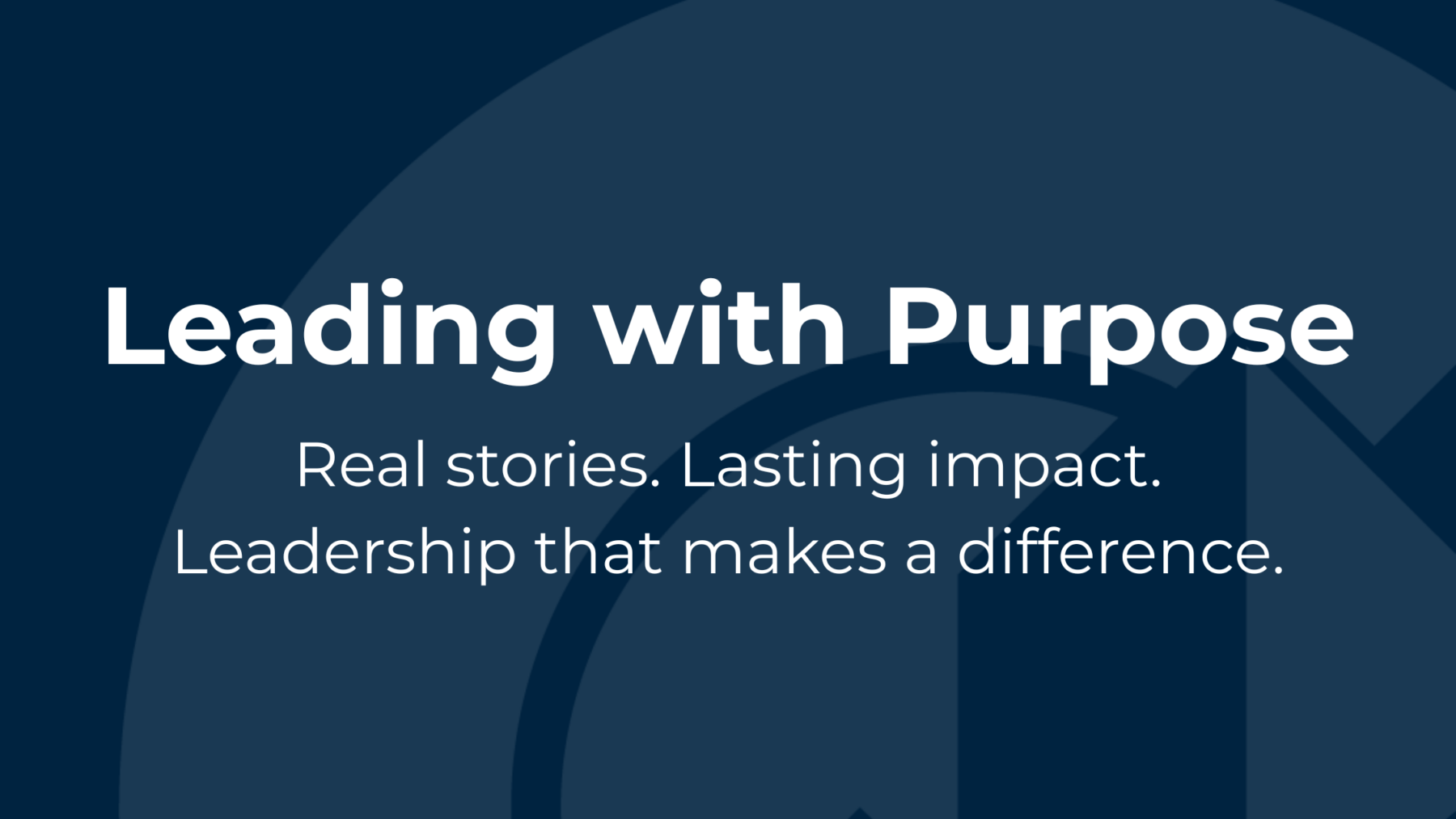 Increased awareness around climate change, racial and social equity issues and COVID-19 has changed the way that many companies think about environmental, social and governance (ESG) issues. Recent events have exposed vulnerabilities in our economic, political and social systems as well as the need for resilience in our businesses, including our supply chains and larger ecosystems.
Increased awareness around climate change, racial and social equity issues and COVID-19 has changed the way that many companies think about environmental, social and governance (ESG) issues. Recent events have exposed vulnerabilities in our economic, political and social systems as well as the need for resilience in our businesses, including our supply chains and larger ecosystems.
This convergence of factors has made ESG a focal point for companies of all sizes. Here in Denver, for example, organizations like Prosper CO, B:CIVIC and Colorado Inclusive Economy are dedicated to helping companies focus on DEI (Diversity, Equity and Inclusion) as a lens through which leaders view all decisions, while also focusing on the nature of the workplace from multiple human-focused perspectives.
Well-integrated ESG strategies provide real value in helping businesses stay successful in the face of disruption while delivering for the common good of all company stakeholders. Consumer pressures also drive companies to focus on ESG. Younger consumers are especially more likely to consider ESG issues when making purchasing decisions. According to PwC, over half of all consumers (59%) say that a company’s purpose and values play an important role in its decision-making.
ESG for midsize companies
Regardless of a company’s size and budget, there are ways to develop and implement an informed ESG strategy that addresses stakeholder expectations and delivers meaningful outcomes. Here are six steps for developing and integrating a successful ESG strategy.
- Identify ESG issues significant to your stakeholders. The most critical component of any ESG strategy is understanding stakeholder perspectives. Businesses should assess and rank issues that are important to employees, customers, supplies, investors and other stakeholders. As you identify core priorities, keep in mind that some issues—for example, COVID-19, racial equality and climate change—transcend a specific business or industry and apply to all companies committed to systemic change.
- Develop a reporting and measurement framework. What gets measured gets managed, so it's essential to build a measurement framework around priority issues. Consider consulting popular ESG frameworks and tools to set goals and measure progress. For example, the Global Reporting Initiative (GRI), Sustainability Accounting Standards Board (SASB), United Nations Sustainable Development Goals (UN SDGs), United Nations Global Compact (UNGC), CDP, Task Force on Climate-related Financial Disclosures (TCFD) or the World Economic Forum’s International Business Council (IBC) metrics are all valuable tools that can help companies track performance against benchmarks and communicate progress to stakeholders.
- Take an intersectional approach. As you build an ESG strategy, you’ll notice that many issues are related. Ensure that your strategy recognizes the complexity and intersectionality of these issues and addresses root causes. For example, lack of access to housing correlates to intergenerational poverty and racial inequality. If your goal is to drive greater racial equality, affordable housing may be a key pillar of your strategy.
- Look across your supply chain. Capitalize on opportunities to work with third-party partners on initiatives that create a broader industry impact. Consider how you can empower, and hold accountable, partners along your supply chain. Depending on the results of your stakeholder assessment, you may consider setting goals in the following areas:
-
- Energy: Reduce GHG emissions and work toward net-zero by submitting a science-based target (SBTi). Look across your operations to identify achievable goals, set a timeline and action plan, and report on progress.
- Stakeholder relationships: Select vendors, partners and, where possible, customers based on fair labor practices and responsible environmental impact.
- Diversity, equity & inclusion: Ensure diverse populations have a seat at the table and feel empowered to contribute their experience and perspective. Bank of America research found that more than 75% of Nasdaq companies don’t have a woman, under-represented minority or LGBTQ+ member on their board. Companies can take meaningful action to address underrepresentation in the workplace by doubling down on transparency and reporting, setting company and supplier diversity goals, enhancing trainings, and rethinking approaches to recruiting.
- Integrate your ESG strategy across the business. ESG initiatives should be deeply integrated across the company to deliver meaningful results. ESG goals empower executives to think about the longer-term viability of the company. Every business unit can support ESG initiatives, whether it’s making a fair labor supplier strategy, investing in sustainable and climate-resilient infrastructure, sourcing sustainable energy, or revamping HR policies to increase diverse recruiting, hiring and retention.
- Look to the power of your people. Even without a large budget for ESG initiatives, you have the power of your people. Empowering your employees to drive grassroots change in your community, with the support of your organization, can help inspire meaningful change. Every organization has something to contribute; it’s not about the dollar amount, but it is always about action.
Businesses with well-articulated ESG goals and purposeful strategies are more likely to be resilient and create long-term value for stakeholders. Middle market companies have a critical role to play not only in the future viability of their business but in delivering on the promise of stakeholder capitalism.
By Raju Patel, Senior Vice President and Market Executive of Global Commercial Banking and President of Bank of America Denver



